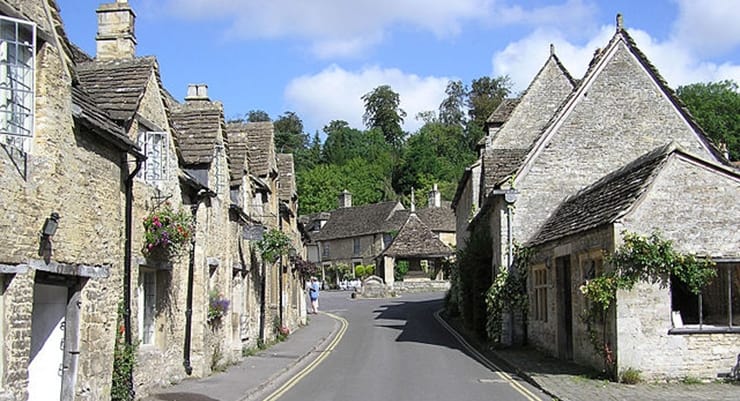- Ofcom, the independent regulator and competition authority for the UK communications industries released their findings on the mobile phone call quality in the country. The research, based on consumers' inputs and data supplied by the mobile operators, showed that there was a marked difference between the satisfaction levels between urban and rural areas in the UK with 78% of people in the urban areas saying they are satisfied with the quality of service while only 67% of people in the rural areas saying the same. In remote areas though, the satisfaction rate is recorded slightly higher at 70%. Overall, the consumer satisfaction in the country stands at 76%.
- According to Ofcom, RootMetrics, a company that measures network performance on mobile handsets, provided the data for the research. Based on the measurement of successful call connections among the 4 mobile operators in the UK for the second half of last year, success rates are 97% for EE, 95.3% for O2, 94.5% for Three and 92.6% for Vodafone, as shown in the following chart from Ofcom.
UK data on proportion of 2G/3G calls completed successfully (RootMetrics)

Source: RootMetrics data for second half 2013, brackets on chart denote confidence range of data.
From the customer's point of view, 55% of people surveyed said that they never or hardly ever had to put up with no mobile signal or reception but another 30% said they suffered such problems at least every week. Ofcom also reported that blocked calls were hardly encountered by 69% of the people surveyed, although 20% of respondents experienced blocked calls at least once a week. As for dropped calls, 65% of the people surveyed never had to deal with them but another 22% said they experience dropped calls at least once a week.
Apart from the call quality monitoring, Ofcom has required mobile operators to meet the 90% coverage obligation for 3G, which has been successfully met by all the four operators. Moving forward, mobile operators have indicated their intention to bring their 4G coverage to 98%, as per the 4G aution requirement that requires the roll out of 4G to cover at least 98% of the UK population by 2017 with O2 being the first operator to cross this mark.
Image Credit: "Castle.combe.mainstreet.arp" by Adrian Pingstone, via Wikimedia Commons.




















